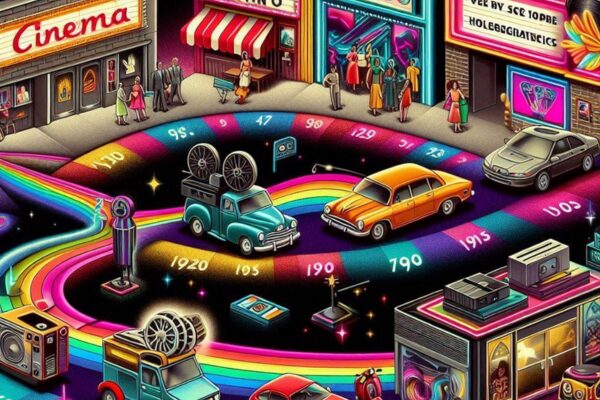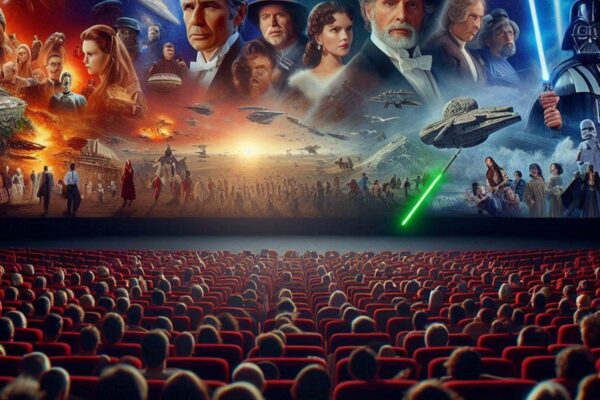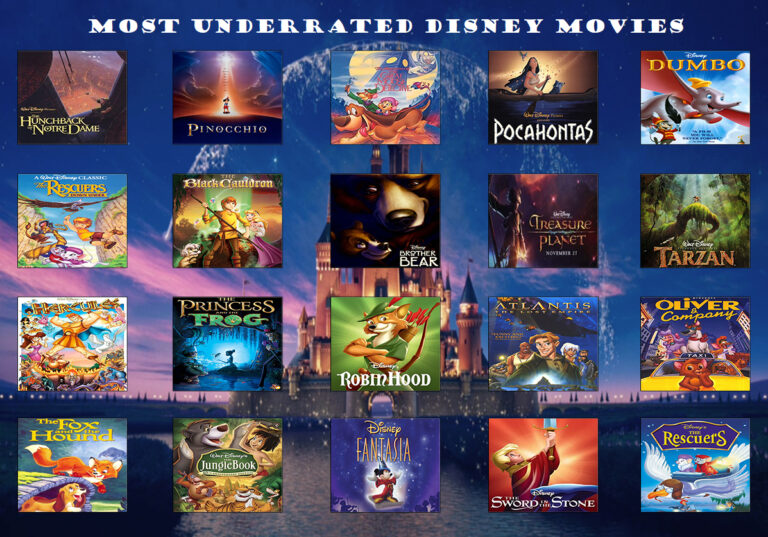the evolution of cinema through the decades

The evolution of cinema is a fascinating journey that reflects changes in technology, culture, and society. From the silent films of the early 20th century to the blockbuster franchises of today, each decade has brought its own unique contributions to the art of filmmaking.
The Evolution of Cinema Through the Decades
In the 1920s, cinema was transformed with the introduction of sound. This era saw the release of iconic films like “The Jazz Singer,” which marked the beginning of the “talkies” and changed how stories were told on screen. The 1930s and 1940s solidified Hollywood’s Golden Age, characterized by glamorous stars and classic films such as “Gone with the Wind” and “Casablanca.”
The 1950s brought about the rise of television, which challenged cinema for audiences’ attention. However, filmmakers responded with bold innovations, such as Cinemascope and 3D films. The late 1960s and 1970s ushered in a new wave of directors who broke traditional storytelling norms, creating groundbreaking films like “Easy Rider” and “The Godfather.” This era is often referred to as the New Hollywood.
As we moved into the 1980s and 1990s, special effects technology advanced dramatically, leading to the creation of blockbusters like “Star Wars” and “Jurassic Park.” These films not only captivated audiences but also changed how movies were marketed and distributed. The rise of independent cinema during this time also introduced diverse voices and stories, exemplified by films such as “Pulp Fiction.”
In the 21st century, cinema continues to evolve with digital technology and streaming services. Today, audiences have more access to films than ever before, with platforms like Netflix and Hulu changing how we consume media. The integration of virtual reality and augmented reality into the cinematic experience hints at an exciting future for the industry.
For those interested in exploring the history of cinema further, the Library of Congress offers a wealth of resources and information about film preservation and history.
In conclusion, the evolution of cinema through the decades is a testament to the art form’s resilience and adaptability. As technology continues to advance, the future of cinema remains bright, promising new stories and experiences for generations to come.


